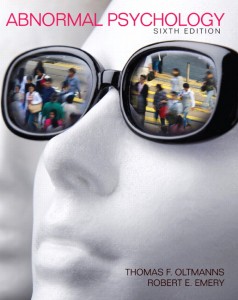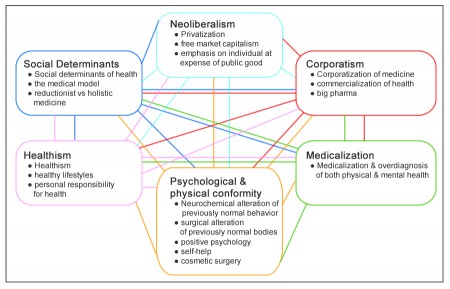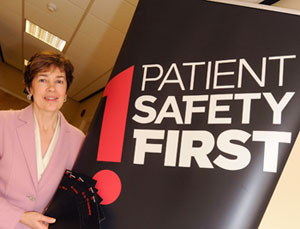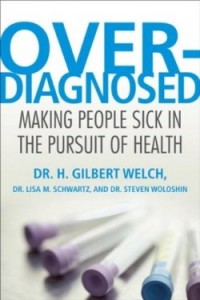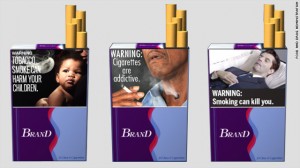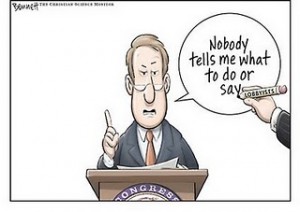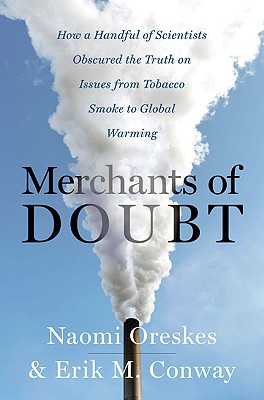 The shortage of pharmaceutical drugs is a serious problem in the US. The number of drugs in short supply has tripled since 2007. In an article in The New York Times, Sabrina Tavernise reports that the number of drugs in short supply in 2012 was 456.
The shortage of pharmaceutical drugs is a serious problem in the US. The number of drugs in short supply has tripled since 2007. In an article in The New York Times, Sabrina Tavernise reports that the number of drugs in short supply in 2012 was 456.
The types of drugs affected cover a very wide range and include such things as cancer drugs and nitroglycerine used in heart surgeries. The situation is quite disruptive for hospitals, doctors (especially oncologists), and patients.
IV fluid shortage threatens patient care
This year, in addition to drug shortages, there is a nationwide shortage of IV fluid. Intravenous therapy is essential for treating dehydration and electrolyte imbalances, for blood transfusions, and for delivering medications such as those used in chemotherapy. IV fluid is a hospital staple.
A recent JAMA article quotes Erin R. Fox, director of the Drug Information Service at the University of Utah in Salt Lake City: (emphasis added in the following quotations)
“It’s maddeningly frustrating that we don’t have these basics.” … Fox said that although shortages of drugs, particularly sterile injectables, have become common in recent years, it is unheard-of to have a shortage of such a basic supply. …
“Why is the supply chain so fragile that it creates a national crisis? asked Fox. …
“Physicians, nurses, and pharmacists are working together to minimize the harm to patients, but it is really a challenge,” she said.


